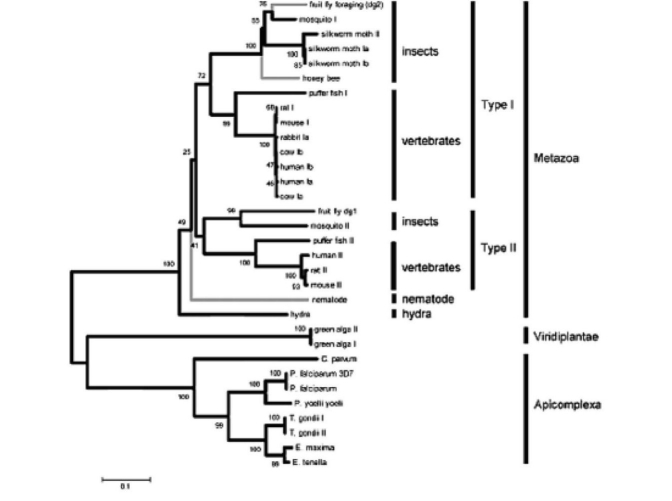Figure 51.6 Use the following information and the figure below when answering the corresponding question(s) .
The following are an abstract and figure from a paper that explores the evolutionary relationship between a protein kinase and behavior (M. Fitzpatrick and M. Sokolowski. 2004. In search of food: Exploring the evolutionary link between cGMP-dependent protein kinase (PKG) and behaviour. Integrative and Comparative Biology 44:28-36) .
Abstract:
Despite an immense amount of variation in organisms throughout the animal kingdom many of their genes show substantial conservation in DNA sequence and protein function. Here we explore the potential for a conserved evolutionary relationship between genes and their behavioural phenotypes. We investigate the evolutionary history of cGMP-dependent protein kinase (PKG) and its possible conserved function in food-related behaviours. First identified for its role in the foraging behaviour of fruit flies, the PKG encoded by the foraging gene had since been associated with the maturation of behaviour (from nurse to forager) in honey bees and the roaming and dwelling food-related locomotion in nematodes. These parallels encouraged us to construct protein phylogenies using 32 PKG sequences that include 19 species. Our analyses suggest five possible evolutionary histories that can explain the apparent conserved link between PKG and behaviour in fruit flies, honey bees and nematodes. Three of these raise the hypothesis that PKG influences the food-related behaviours of a wide variety of animals including vertebrates. Moreover it appears that the PKG gene was duplicated some time between the evolution of nematodes and a common ancestor of vertebrates and insects whereby current evidence suggest only the for-like PKG might be associated with food-related behaviour.

Neighbour joining trees depicting the evolutionary relationships of 32 PKG kinase domain and C-terminal amino acid sequences spanning 19 species of protozoans and metazoans. Values at the nodes represent the results of 5000 bootstrap replications. Lineages with known behavioral links with PKG are indicated by grey branches.
-Looking at this evolutionary relationship of protein kinases in the figure above,and knowing there is evidence that this particular protein kinase is linked to food-related behaviors in the animals studied,what conclusions can you draw?
Definitions:
1960s
A decade of significant cultural, political, and technological change, marked by movements for civil rights, space exploration, and the emergence of counterculture.
1970s
A decade characterized by various global events, including economic changes, political realignments, and significant cultural evolution.
1980s
A decade marked by significant cultural, political, and technological changes around the world, including the end of the Cold War and the beginning of the personal computing revolution.
Misery Index
An economic indicator created by adding the unemployment rate to the inflation rate, aiming to measure the health of an economy and the well-being of its citizens.
Q14: Which habitat type in the figure above
Q15: If a country wants to increase its
Q19: To conclude that the Clark's nutcracker is
Q19: Which of the following statements about nuclear
Q19: Which are the only two interaction types
Q21: Asexual reproduction results in offspring that are
Q24: What characterizes a floating exchange rate?<br>A)Its value
Q27: Based on Figure 55.2,what snake antivenom would
Q28: Which of the following is an example
Q29: What can you conclude based only on